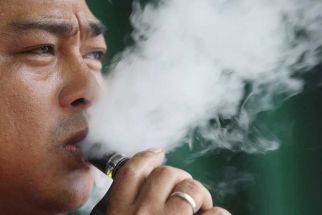S&P maintains risky view of Philippine banks
MANILA, Philippines - Debt watcher Standard & Poor’s (S&P) has maintained its risky view of Philippine banks, saying a recent credit upgrade earned by the government has no effect to the standing of its lenders.
Using its criteria under the Banking Industry Country Risk Assessment (BICRA) that considers the relationship of the banking industry to the whole financial system, S&P still placed Philippine banks under group “seven” in a scale of 10 with one characterized as “lowest risk banking systems” and 10 as “highest risk.”
The scores on the two main BICRA components--economic risk and industry risk--remain unchanged at “seven” and “six,” respectively, the report said.
“The sovereign upgrade reflects the Philippines’ increasing fiscal flexibility, improving government debt profile, and moderating interest burden. These factors do not affect our assessment of economic risk as the BICRA criteria define it,” S&P said in its latest.
Last month, S&P raised the Philippines’ credit rating to BB+ or one notch below investment grade, with a stable outlook.
The credit rater, however, noted that the 7.7 percent NPA ratio as of September 2011 was a huge improvement from its peak of above 27 percent in 2002.
Nevertheless, S&P noted Philippine lenders are “reasonably resilient” to the effects of a slowdown in the developed markets just like its other Southeast Asian counterparts.
“(W)e believe most Southeast Asian banks and economies are capable of withstanding external pressure under our base-case scenario, where we assume that the global economy will grow slower but avoid a severe recession,” the report stated.
Strength of Philippine lenders, it explained, emanate from its continued “gradual financial strengthening, supported by stable operating conditions.”
Latest BSP data showed local banks’ capital adequacy ratio— a measure of financial strength— stood at 16.44 percent in a solo basis and 17.43 percent in consolidated basis as of September last year. These figures were way above BSP’s 10-percent requirement and the eight-percent prescribed by international standards.
- Latest
- Trending































